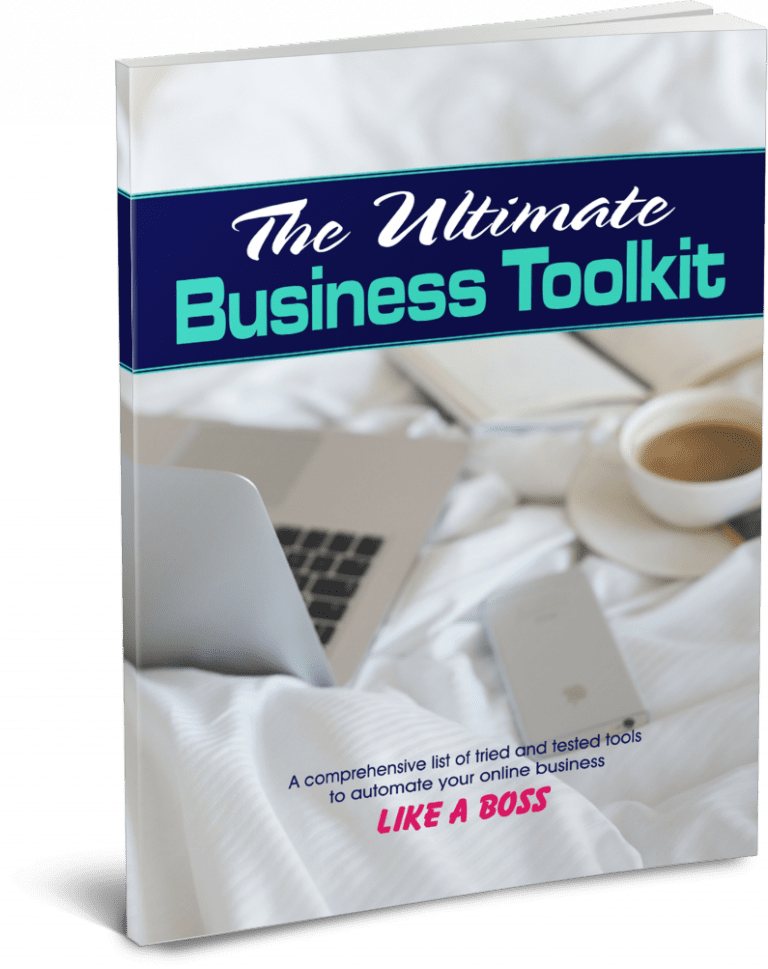Selecting the right tools for your business is vital for driving success and productivity. But making mistakes during the decision-making process can lead to inefficiencies and hinder growth.
In this guide, we will outline five mistakes that business owners must avoid when choosing business tools. We also look at factors to consider when choosing a tool.
By following these guidelines, you can make informed decisions that align with your needs, enhance efficiency, and propel your business towards success.
5 Critical Mistakes to Avoid When Choosing Business Tools
1. Failing to Define Your Needs:
Business tools research. One of the most important mistakes is embarking on the tool selection process without a clear understanding of your organization’s needs. Take the time to assess your workflows, pain points, and business requirements. Clearly define the problems you aim to solve and the goals you want to achieve with the selected tools. By thoroughly understanding your needs, you can make informed choices that address your challenges effectively.
2. Ignoring Scalability and Future Growth:
Businesses are dynamic entities that evolve over time. Neglecting to consider scalability and growth can lead to outgrowing your chosen tools too quickly or encountering limitations that hinder progress. Ensure the tools you choose can scale with your business needs and accommodate future growth. Assess the tool’s flexibility, compatibility with evolving technologies, and ability to adapt to changing demands to support your long-term growth.
3. Overlooking Integration Capabilities:
In today’s interconnected business landscape, seamless integration is essential for smooth operations and efficient data flow. Overlooking integration capabilities can result in inefficient systems and manual workarounds. Prioritize tools that offer sound integration capabilities, allowing for seamless data exchange and collaboration between different departments and systems. This ensures streamlined workflows, enhanced productivity, and a unified view of your business processes.
4. Neglecting User Experience:
User experience plays a critical role in the successful adoption and utilization of business tools. Focusing solely on functionality while neglecting user experience can lead to low user adoption, frustration, and decreased productivity. Choose tools with intuitive interfaces, user-friendly navigation, and minimal training requirements. Consider the tool’s ease of use, accessibility, and all-around user satisfaction to foster high user engagement, productivity, and successful tool adoption within your organization.
5. Failing to Consider Total Cost of Ownership:
Many businesses make the mistake of solely focusing on upfront costs when selecting tools, neglecting the long-term financial implications. Evaluating the total cost of ownership (TCO) is pivotal in making financially sound decisions. Consider not only the initial purchase or subscription costs but also ongoing expenses such as maintenance, support, upgrades, and training. By assessing the TCO, you can make informed decisions that align with your budget and ensure a positive return on investment.
Factors to Consider When Choosing Business Tools

Key considerations for business tool selection:
When choosing business tools, it’s important to take several key considerations into account. These include understanding your specific needs, assessing scalability and growth potential, evaluating integration capabilities, prioritizing user experience, and considering the total cost of ownership.
Choosing the right tools for your business needs:
Selecting the right tools that align with your business needs is key. It involves thoroughly evaluating your workflows, identifying pain points, and determining the functionalities needed to address those challenges effectively. By understanding your requirements, you can make right decisions that lead to enhanced productivity and efficiency.
Factors to evaluate when selecting business tools:
To ensure the successful adoption and utilization of business tools, certain factors need to be evaluated. These factors include scalability, adaptability, ease of integration with existing systems, user interface and experience, training requirements, vendor support, and the long-term financial implications of owning and maintaining the tools.
Essential criteria for successful tool adoption:
Successful tool adoption relies on meeting the right criteria. This includes a seamless integration process, minimal disruption to current operations, adequate training and support for employees, intuitive user interfaces, and measurable improvements in productivity, efficiency, and overall business performance.
Evaluating business tool effectiveness:
To assess the effectiveness of business tools, consider keyphrases such as return on investment (ROI), impact on productivity, streamlining workflows, reducing manual errors, enhancing collaboration, improving data accuracy, automating repetitive tasks, and driving business growth.
Maximizing productivity with the right business tools:
The right business tools can significantly enhance productivity. Look for tools that streamline processes, automate repetitive tasks, improve communication and collaboration, provide real-time data insights, and offer advanced reporting capabilities. By selecting tools that maximize productivity, you can optimize your operations and achieve better results.
Achieving efficiency through strategic tool selection:
Strategic tool selection involves choosing tools that align with your goals and enhance efficiency. Evaluate tools based on their ability to streamline processes, reduce manual effort and duplication of work, improve resource allocation, and optimize overall efficiency.
By considering the key factors mentioned above and avoiding the critical mistakes outlined above, you can choose business tools that align with your needs and drive optimal success for your organization. Thoroughly evaluate your requirements, assess scalability, prioritize user experience, and consider the long-term implications.
With a strategic approach to selecting your business tools, you can unlock their full potential and propel your organization toward long-term success.








